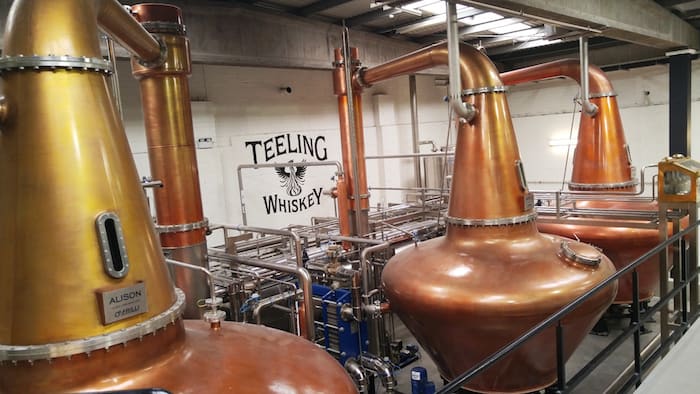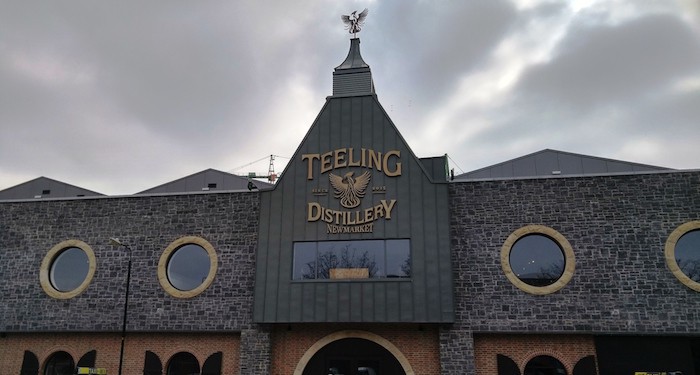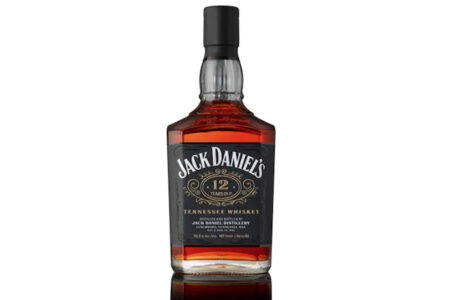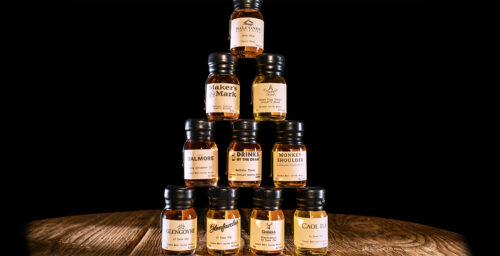Editor’s Note: Our Editor at Large Jake Emen was recently in Dublin, Ireland and filed this report with us about Teeling Irish Whiskey and its new distillery.
Also, we’ve just launched sign ups for our upcoming The Whiskey Wash newsletter. Click here to join our list and stay informed!
Distillation is back in Dublin at long last thanks to the Teeling Distillery. The first new distillery built in the city in 125 years, it is also the first to actually be open and in operation since the last Dublin distillery shuttered its doors in 1976 (Jameson moved all production to the Midleton Distillery the year prior, in 1975).
While Teeling Distillery is a new addition to the city, the founders’ family has ties to whiskey stretching as far back as 1782, when Walter Teeling owned one of the 38 distilleries that then called Dublin home. John Teeling founded Cooley distillery in 1987, which was sold to Beam at the end of 2011.
The rise of the Teeling distillery
But being out of the whiskey game didn’t suit Jack and Stephen Teeling, John’s sons. In 2012, they began hatching plans to launch the newest Teeling family venture. Teeling Distilery officially got their stills flowing in March 2015, and opened their doors to the public in June of the same year.
“Our family has always been producers,” said Jack Teeling during a recent visit to his distillery. “We wanted to get back into production as soon as possible, it just took us a little bit longer than we thought. But nothing good comes easy!”
Despite that desire to get right back into whiskey production, Jack wasn’t always involved in the family business. He was working in finance before starting at Cooley in the early 2000s, and once he was involved, he found a different specific point of interest from his father.

“I was always more interested in the brands, he was always more interested in the production,” he says. That’s why he wanted to build not only a place to make whiskey, but also to build a whiskey brand. His father, who went on to form the Great Northern Distillery (GND), is focused on the secondary market and selling grain whiskey to other brands — including Teeling. “My father now built his own grain distillery,” says a laughing Teeling. “Can’t keep a good man down.”
With the Teeling Distillery, the plan was always to get back to Dublin. Jack describes traveling across the United States and Europe, seeing urban distilleries in places from Chicago to London, Boston to Berlin.
“There’s nobody in the world that has the heritage of whiskey distilling of Dublin… it just made sense to me,” he says. “We wanted to do urban, contemporary, a new modern distillery, but still within the confines of what people want with Irish whiskey.”
For Teeling, that means a careful balancing act between experimentation and stretching perceived category limits, while still paying heed to the past and what people are accustomed to drinking and enjoying. “We want to be true to that taste profile that people want from Irish whiskey, but just dial it up a notch,” Jack says.
One of the ways that Teeling pursues that goal is with their usage of all types of casks, both for full maturation as well as for finishing. That includes the fairly typical choices of ex-bourbon barrels and ex-Oloroso sherry hogsheads, and also a more diverse lineup including ex-rum casks from Central and South America, Calvados casks, other fortified wines including Port and Madeira, and wine casks such as Cabernet Sauvignon from California and white Burgundy.
“We came at it from a liquid-centric perspective, to try to get more flavor into our whiskey,” he explains. “Without losing that drinkability that people like. Finishing is only geared to elevate underlying taste profiles, not to dominate.”
Teeling is able to do that, and go in any direction they choose, because they have no outside investors. The family ponied up the roughly 10 million Euro price tag to plan, build and operate the distillery on their own. “Now that we’re in production, our core role in Irish whiskey is innovation,” he explains. “Now we can have fun. We can do whatever we want… and it’s a long-term industry, you have to do the right things, there’s no shortcuts,” he says.
Teeling also believes there is an open space in the market. There’s a lot of cheap Irish whiskey, and a fair amount of super-premium expressions, but the brand thinks there’s a void in between. His aspiration for Teeling is to help close that gap, to be “an affordable luxury or discovery brand. We want people to discover and enjoy, and to drink us,” he says.
The Teeling whiskey plan
While Teeling is now busy trying to produce as much whiskey as possible and get it all into casks for aging, they already have product on the shelves. “We managed to get our hands on a lot of stock back in 2012,” says Teeling, in reference to the purchase agreement for Cooley. They put that old stock into their own warehouses, while also working out an agreement to receive a total of 200,000L of new make whiskey, including 50,000L of malt and 150,000L of grain that they’ve continued to lay down.

In the U.S., three Teeling releases are currently on the shelf, what they refer to as the “Teeling Trinity.” That includes Small Batch (creamy, with a rum cask influence, vanillins, and a big dose of spice), Single Grain (“as close to an Irish bourbon as you’re going to get”), and Single Malt (a diverse hit of fruity influences thanks to five different types of wine casks being used). Each is bottled at 46% ABV, a signature proof for the brand. There’s also been a limited edition white port single barrel release offered at about a dozen different U.S. retailers, and coming soon will be a 24-year-old single malt release.
Elsewhere, there’s been a series of exclusive releases that never made their way stateside, such as the Teeling Revival, a 15-year-old single malt released in honor of the distillery’s opening; a distillery exclusive cask strength 23-year-old, aged entirely in Oloroso hogsheads; and rare 26-year and 30-year-old single malts.
As for what’s actually being produced now, the Teeling Distillery features three Italian-made Frilli copper pot stills with 15,000L, 10,000L, and 9,000L capacities. Each step of the production chain, from milling to mashing, fermentation, and distillation, is housed in the same facility.
They hope that the first whiskey distilled at Teeling Distillery to hit retail shelves will be in 2019, a pot still whiskey made from a mash bill evenly split between malted and unmalted barley. That will be closely followed by a peated malt whiskey and a more traditional Irish single malt. “By having a clean spirit, putting it in good wood, we’re going to have something that’s interesting in 4 or 5 years,” he says.
Still, the production process has come with a bit of a learning curve. They know the taste profile they want, but perfecting each step of the craft along the way takes time. “We have a lovely spirit but can we make it more interesting? I think we can,” he says. “You learn more the more times you do it. The whiskeys are only going to get better,” says Teeling. Yet, “the challenge is to balance that and make sure there’s not a radical jump in the quality or the taste profile.”
While triple distillation often gets the credit for the softer style of Irish whiskey, and it certainly plays a major role, Teeling believes it actually has more to do with climate and maturation. “Irish whiskey is lighter… and really it’s the climate,” he says. “Not too hot, not too cold, it leads to a gentler maturation and it leads to a softer style of whiskey.”
The impact of a local climate can’t be replicated elsewhere, and Teeling believes that should be embraced as part of what makes any particular whiskey so special. “Why would you want a temperature controlled warehouse?” he asks. “If you control the temperature, you’re just trying to be like somebody else… if you try to make American whiskey in Ireland, it’s not going to happen. Make sure whatever you make is from your area and has that DNA in it.”
Again, for Teeling, it comes back to honoring tradition while also forging ahead. But all of those great plans, the wonderful story of bringing distillation back to Dublin, talk of revival and snazzy logos featuring a phoenix rising from a pot still, none of it means anything unless the whiskey’s good, and stands out on its own.
“At the end of the day, what you want people to remember is the whiskey,” says Teeling.
We’ll have to wait a few years to judge what’s coming off their own stills, but there’s plenty of Teeling to enjoy along the way. If it’s any indication of what’s to come, it will be memorable indeed.









